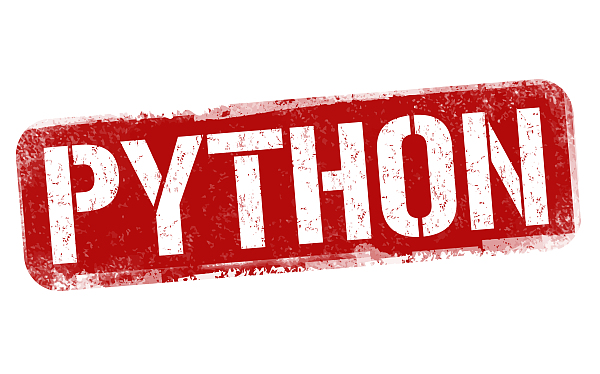Lists or numpy arrays can be unpacked to multiple variables if the dimensions match. For a 3xN array, the following will work:
import numpy as np
a,b = [[1,2,3],[4,5,6]]
a,b = np.array([[1,2,3],[4,5,6]])
# result: a=[1,2,3], b=[4,5,6]
How can I achieve a similar behaviour for the columns of a pandas DataFrame? Extending the above example:
import pandas as pd
df = pd.DataFrame([[1,2,3],[4,5,6]])
df.columns = ['A','B','C'] # Rename cols and
df.index = ['i', 'ii'] # rows for clarity
The following does not work as expected:
a,b = df.T
# result: a='i', b='ii'
a,b,c = df
# result: a='A', b='B', c='C'
However, what I would like to get is the following:
a,b,c = unpack(df)
result: a=df['A'], b=df['B'], c=df['C']
Is the function unpack already available in pandas? Or can it be mimicked in an easy way?
I just figured that the following works, which is already close to what I try to achieve:
a,b,c = df.T.values # Common
a,b,c = df.T.to_numpy() # Recommended
# a,b,c = df.T.as_matrix() # Deprecated
Details: As always, things are a little more complicated than one thinks. Note that a pd.DataFrame stores columns separately in Series. Calling df.values (or better: df.to_numpy()) is potentially expensive, as it combines the columns in a single ndarray, which likely involves copying actions and type conversions. Also, the resulting container has a single dtype able to accommodate all data in the data frame.
In summary, the above approach loses the per-column dtype information and is potentially expensive. It is technically cleaner to iterate the columns in one of the following ways (there are more options):
# The following alternatives create VIEWS!
a,b,c = (v for _,v in df.items()) # returns pd.Series
a,b,c = (df[c] for c in df) # returns pd.Series
Note that the above creates views! Modifying the data likely will trigger a SettingWithCopyWarning.
a.iloc[0] = "blabla" # raises SettingWithCopyWarning
If you want to modify the unpacked variables, you have to copy the columns.
# The following alternatives create COPIES!
a,b,c = (v.copy() for _,v in df.items()) # returns pd.Series
a,b,c = (df[c].copy() for c in df) # returns pd.Series
a,b,c = (df[c].to_numpy() for c in df) # returns np.ndarray
While this is cleaner, it requires more characters. I personally do not recommend the above approach for production code. But to avoid typing (e.g., in interactive shell sessions), it is still a fair option...
# More verbose and explicit alternatives
a,b,c = df["the first col"], df["the second col"], df["the third col"]
a,b,c = df.iloc[:,0], df.iloc[:,1], df.iloc[:,2]






 已为社区贡献126445条内容
已为社区贡献126445条内容

所有评论(0)